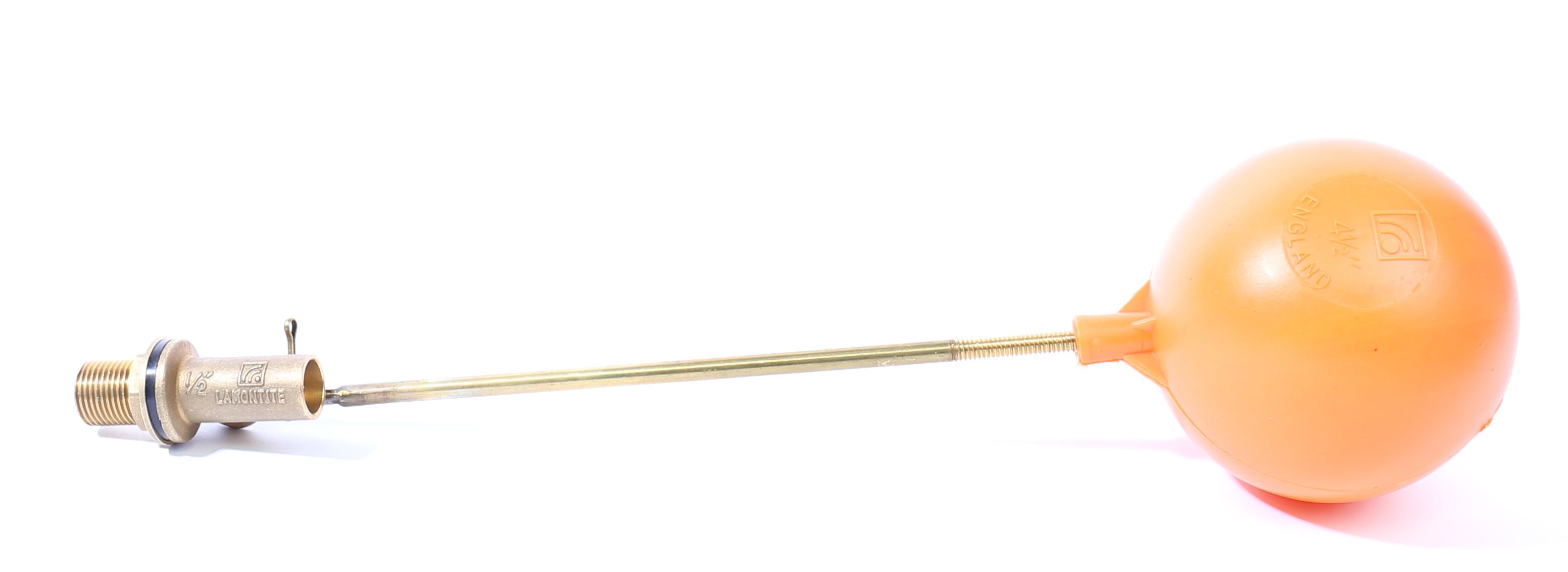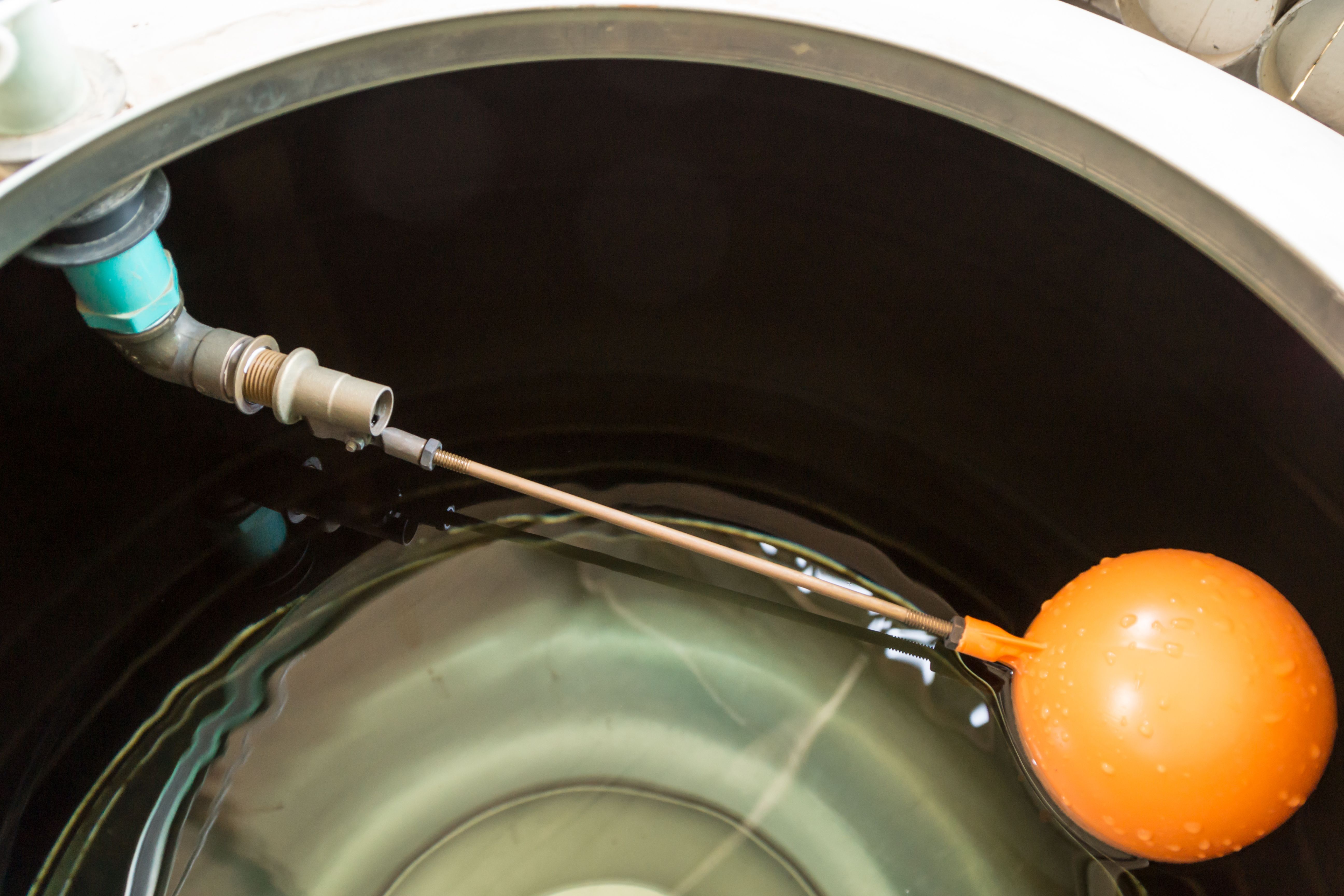Flowflex Float valves provide a mechanism to fill water tanks, such as toilet cisterns. As the water level rises inside the tank, a float rises as well forcing the valve to shut and therefore stopping the flow of water. Our range of brass float valves can be used for water tanks, troughs.
Applications
- Domestic
- Commercial
- Industrial


